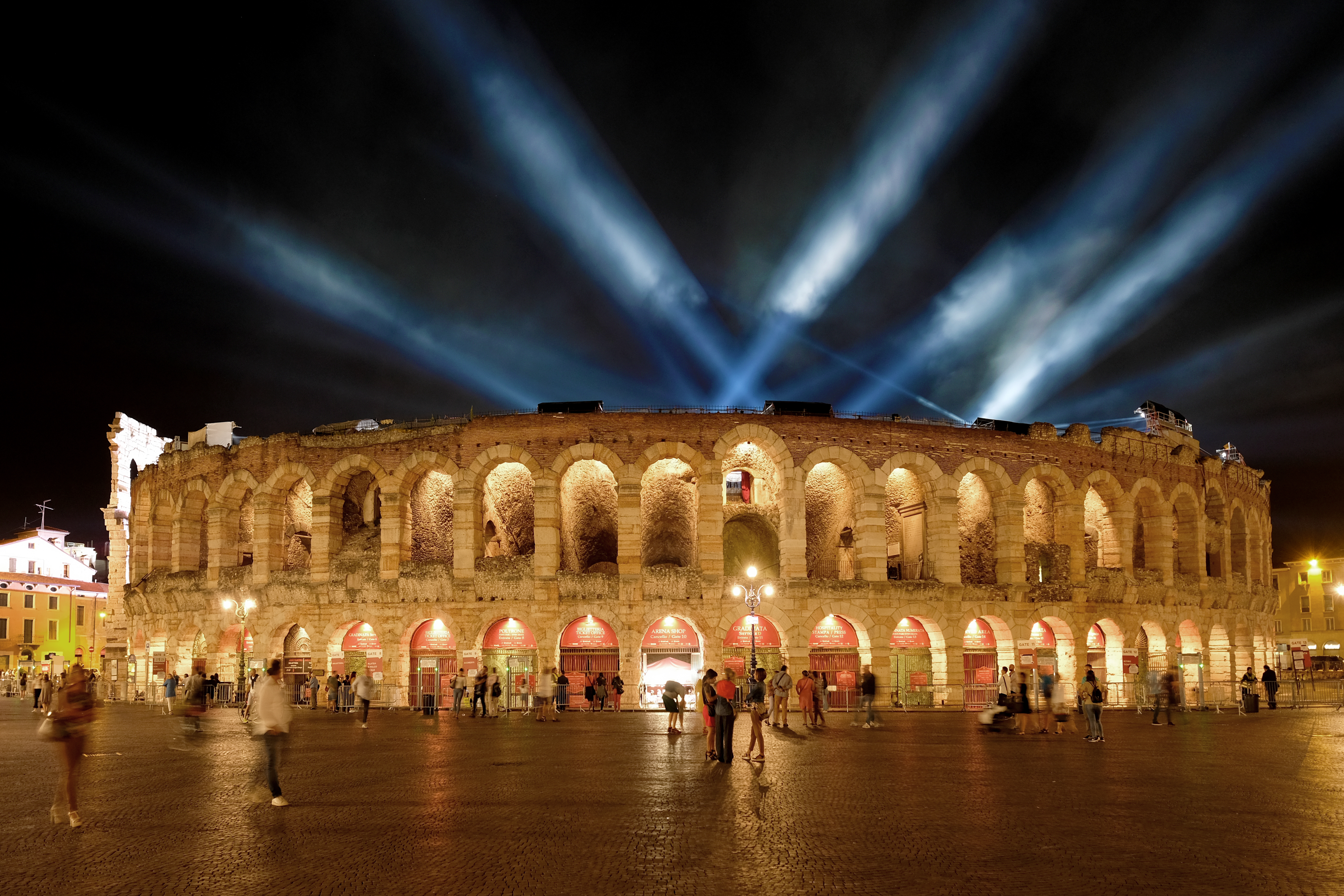|
Tekyeh Dowlat
Takyeh Dowlat ( fa, تکیه دولت lit. "State Theater") was a Royal Theater in Tehran, Iran. It was the most famous of all the ta'zieh performance spaces, for the Mourning of Muharram. It has a capacity for more than 4,000 people. Built in 1868 by Naser al-Din Shah Qajar south-east of the Golestan Palace on the site of the Síyáh-Chál, the Royal Theater's sumptuous magnificence surpassed that of Europe's greatest opera houses in the opinion of many Western visitors. It is comparable to Verona Arena, Samuel Greene Wheeler Benjamin told at his first visit. Karim Pirnia has introduced Hossein-Ali Mehrin as the architect of this building. Notable events It was here that Reza Shah proclaimed the downfall of the Qajar dynasty. The Tekyeh was destroyed in 1947 and a bank building was constructed on the site. [...More Info...] [...Related Items...] OR: [Wikipedia] [Google] [Baidu] |
Kamal-ol-Molk
Mohammad Ghaffari ( fa, محمد غفاری), better known as Kamal-ol-Molk (), was an Iranian painter and part of the Ghaffari family in Kashan. Biography Mohammad Ghaffari, better known as Kamal-ol-Molk, born in Kashan in 1848, to a family with a strong artistic tradition, tracing their origins back to notable painters during the reign of Nader Shah. Kamal's uncle, Mirza Abolhassan Khan Ghaffari, known as Sanee-ol-Molk, a celebrated 19th-century painter, was notable for his watercolor portraiture. His father, Mirza Bozorg Ghaffari Kashani, was the founder of Iran's painting school and a famous artist as well. His brother, Abutorab Ghaffari, was also a distinguished painter of his time. Mohammad developed an interest in calligraphy and painting at a young age. In his childhood eagerness, he drew charcoal sketches on the walls of his room. Upon completion of his primary education, Mohammad moved to Tehran. He may have studied painting for a time with Mirza Esma'il. To fur ... [...More Info...] [...Related Items...] OR: [Wikipedia] [Google] [Baidu] |
Verona Arena
The Verona Arena ( it, Arena di Verona ) is a Roman amphitheatre in Piazza Bra in Verona, Italy built in 30 AD. It is still in use today and is internationally famous for the large-scale opera performances given there. It is one of the best preserved ancient structures of its kind. In ancient times, the arena's capacity was nearly 30,000 people. The stage for concerts and opera performances decreases the available places to a maximum of 22,000. It will be used as the Closing ceremony venue for the 2026 Winter Olympics and two weeks later will be used for the Opening Ceremony for the 2026 Winter Paralympics in Milan and Cortina d'Ampezzo. Amphitheatre The building itself was built in AD 30 on a site which was then beyond the city walls. The ''ludi'' (shows and games) staged there were so famous that spectators came from many other places, often far away, to witness them. The amphitheatre could host more than 30,000 spectators in ancient times. The round facade of the build ... [...More Info...] [...Related Items...] OR: [Wikipedia] [Google] [Baidu] |
Theatres In Iran
Theatre or theater is a collaborative form of performing art that uses live performers, usually actor, actors or actresses, to present the experience of a real or imagined event before a live audience in a specific place, often a stage. The performers may communicate this experience to the audience through combinations of gesture, speech, song, music, and dance. Elements of art, such as painted scenery and stagecraft such as lighting are used to enhance the physicality, presence and immediacy of the experience. The specific place of the performance is also named by the word "theatre" as derived from the Ancient Greek θέατρον (théatron, "a place for viewing"), itself from θεάομαι (theáomai, "to see", "to watch", "to observe"). Modern Western theatre comes, in large measure, from the theatre of ancient Greece, from which it borrows technical terminology, classification into genres, and many of its theme (arts), themes, stock characters, and plot elements. Theatre ... [...More Info...] [...Related Items...] OR: [Wikipedia] [Google] [Baidu] |


